Warning: The following article contains spoilers for Spider-Man: No Way Home and Venom: Let There Be Carnage’s post-credits scenes.
Few comic book superstars reach the popularity of Venom, and even fewer start life as a costume. Forty years after his first appearance, the symbiote that spent his early years hiding out as a nifty spider-suit is now indisputably one of Marvel’s biggest power players.
Introduced as an out-and-out villain, Venom quickly broke into Spider-Man’s top-tier opposition before becoming one of comics’ great antiheroes. While he’s occasionally formed an uneasy alliance with the wall-crawler, if there’s one superhero he’s held a grudge against throughout his incredible journey, it’s Spider-Man. It’s a grudge that goes back to the beginning.
Venom arrived in the pages of The Amazing Spider-Man in 1984, but neither we nor the web-slinger knew it at the time. The powerful symbiote posed as a living black suit Spider-Man picked up in space for four long years. Yes, it’s quite an origin. We wouldn’t meet the fully-formed alien until The Amazing Spider-Man #300. The costume had found a new wearer and the monstrous creature formed between the pair had a bone to pick with the Spidey. The first glimpse of this new horror in Spidey’s life was when a mysterious figure tried to push Peter Parker onto a train track. That was the first hint we had that, unfortunately for the webslinger, Venom was immune to his famous spider-sense.

Venom found quick success for several reasons. Co-creator Todd McFarlane’s stunning design posed an intimidating, powerful, and fearsome opponent for Peter Parker. You know you’re onto a winner with a character design that can scare a dentist. There was the symbiote’s extraterrestrial origin that spawned, literally, a whole new subset of Spider-Man and Marvel villains. There was also the fact that for all its might and power, teeth and tongue, Venom’s peculiar code of ethics presented a fascinating and multifaceted character.
It was a mix that propelled Venom to a self-titled comic series and ensured frequent appearances in the expansive Marvel comic universe. He recently headlined 2021’s The King in Black event, which enhanced the symbiote’s abilities and reach across the universe. As he embarks on a high-profile new self-titled comic series from Al Ewing, Ram V, and Bryan Hitch, Venom’s never looked more powerful.
It was inevitable that the symbiote’s popularity would spill into other media. It wasn’t a remarkable debut when he was supposedly shoe-horned into 2007’s Spider-Man 3, but that changed when Venom led the expansion of Sony’s Spider-Man universe in 2019’s Venom and 2021’s Venom: Let There Be Carnage.
The symbiote’s power and pop culture clout has grown and grown, but one thing hasn’t changed no matter whose side he’s on: Venom hates Spider-Man. What possible reason could a former costume have for loathing everyone’s favorite neighborhood Spider-Man?
Why does Venom hate Spider-Man?

It all boils down to something most of us can relate to: good old-fashioned rejection.
Super-Man first encountered the symbiote at the end of the Secret Wars comic event in 1984. It was a clumsy beginning. When the Hulk used some alien machinery on Battleworld to magic (or science) up some new clothes, Peter Parker tried the same trick. If only he’d asked Banner which machine he’d used. Spidey’s new suit was a stunning black, and as Spidey discovered back on Earth, it could respond to his thoughts and hold equipment without breaking the line of its tailoring. Unfortunately, it was also heading out at night, continuing Spidey’s work when Peter Parker was asleep, leaving the increasingly struggling photographer confused about his constant tiredness.
Behind the scenes, the idea for Spider-Man’s new black outfit had come when competition-winning fan Randy Schueller answered Marvel’s call for ideas. The costume change was intended to be permanent, but star artist Todd McFarlane supposedly requested the return of the traditional red and blue kit. Despite fans coming around to the new look, things looked bleak for the black suit, particularly when Spidey realized it was an alien parasite. With some help from the Fantastic Four, it was securely stored in the Baxter Building.
The black suit wasn’t happy. Later escaping and rejoining with Parker to complete its bond, the superhero only managed to disentangle himself using the sonics of church bells. It was the sound of rejection for a symbiote who had taken a shine to Peter Parker. After the final act of dragging its former host to safety, the damaged and spurned symbiote dripped to the church below.
Forming the Lethal Protector

As fate would have it, former journalist Eddie Brock was in the church, contemplating the end of his life after his world had collapsed. Journalist Brock had lost his job and his wife after wrongly exposing the identity of the serial killer Sin-Eater in an exposé for The Daily Globe. Instead, the killer’s real identity was disclosed by Peter Parker, setting off a chain of events that led Brock to that place at that time.
Symbiotes are highly vulnerable to sound, and it was a weakened symbiote that found a new host in Brock. Both fostered a hatred for Spider-Man for destroying their hopes and dreams and effectively ending their lives. Venom emerged from the bond between the renewed symbiote and body-builder Brock. This Lethal Protector abided by a moral code that protected the innocent and punished the guilty. And number one on the guilty list was Spider-Man.
Unfortunately for the wall-crawler, it was a match made in Venom. Eddie Brock remains Venom’s most famous host, although the symbiote has bonded with others. History suggests that the hatred for Spider-Man remains with the symbiote, although the lower the hate, the easier it is for the webslinger to defeat him. This was demonstrated when Venom joined with the former villain Scorpion (Mac Gargan). Despite new and enhanced abilities, Brock’s missing rage allowed Spider-Man to make short work of the new Venom.
What about the Spider-Man Universe and Marvel Cinematic Universe?

Be warned, from here on out, this article will contain spoilers for Spider-Man: No Way Home and the Venom movies.
This is where things get even more complicated. Sony Pictures Entertainment owns the film rights to Spider-Man and associated characters after purchasing them from Marvel in 2000. To retain the rights, Sony must make a Spider-Man film every five years, which explains the rebooting, chopping, and changing that comes to such an emotional and dramatic head on screen in Spider-Man: No Way Home.
Recently, a series of deals have allowed Sony and Marvel to cooperate. As Sony lends Spider-Man to the Marvel Cinematic Universe (MCU), Marvel lends supporting characters from the MCU to Sony’s films. So far, each of Tom Holland’s Spider-Man films has guest-starred Tony Stark, Nick Fury, and Stephen Strange, respectively.
With the Spider-Man film series in solid form, Sony has separately developed its Spider-Man Universe. As well as spin-offs like the fantastic Into the Spider-Verse, the studio is planning a series of standalones focusing on Spidey’s supporting characters. Morbius and Kraven the Hunter are lined up to headline their own movies, but the first to emerge was Venom in 2018.
Venom was an immediate success, but there was a noticeable gap. Spider-Man was nowhere to be seen, as the film picked up not only in San Francisco, like Venom’s first solo comic series, but as we later learn, in an entirely different universe.
The sneaky mid-credits sequences in Venom: Let There Be Carnage and Spider-Man No Way Home show how this situation can resolve itself. Eddie Brock’s excursion to the MCU may have been short, but a trace of Venom was left behind. When first arriving in the MCU universe at the end of Venom: Let There Be Carnage, the symbiote showed a particular interest in eating spiders. That could well be a leftover from the events of Spider-Man 3, ahead of the merging multiverse, when Venom bonded with Tobey Maguire’s Peter Parker.
What form Venom will take in future Spider-Man films and how Venom already has a distinctive and suspiciously Spider-Man-like shape are questions for the Spider-Man Universe to answer. We shouldn’t have long to wait.










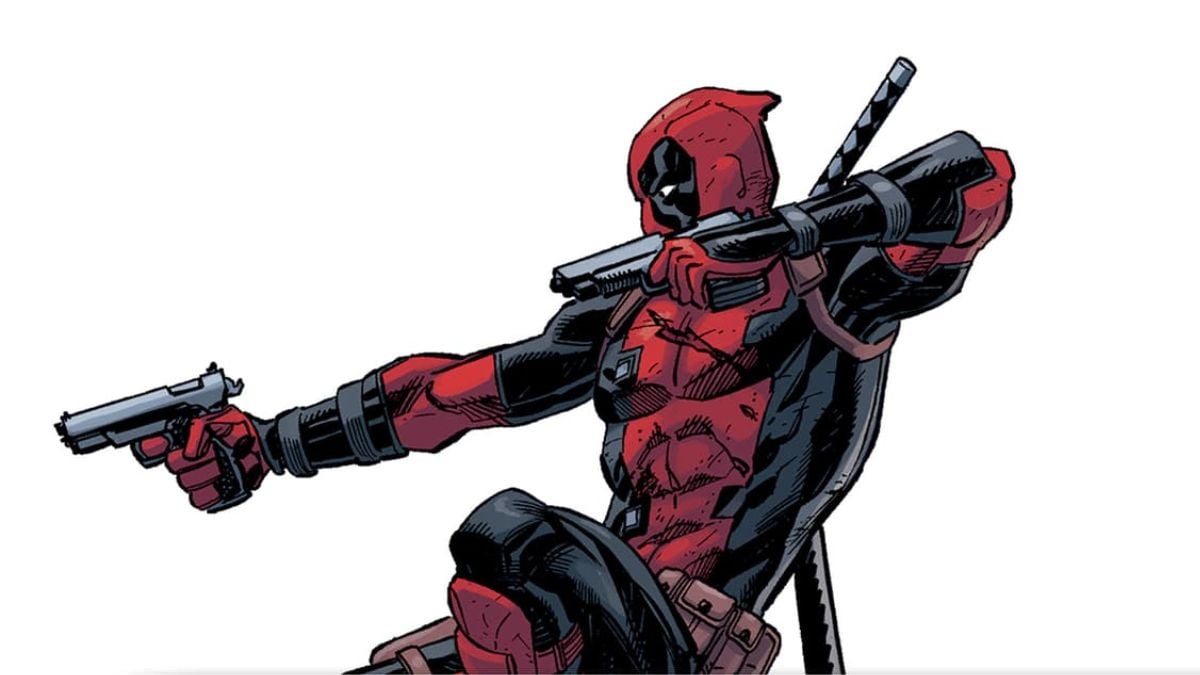
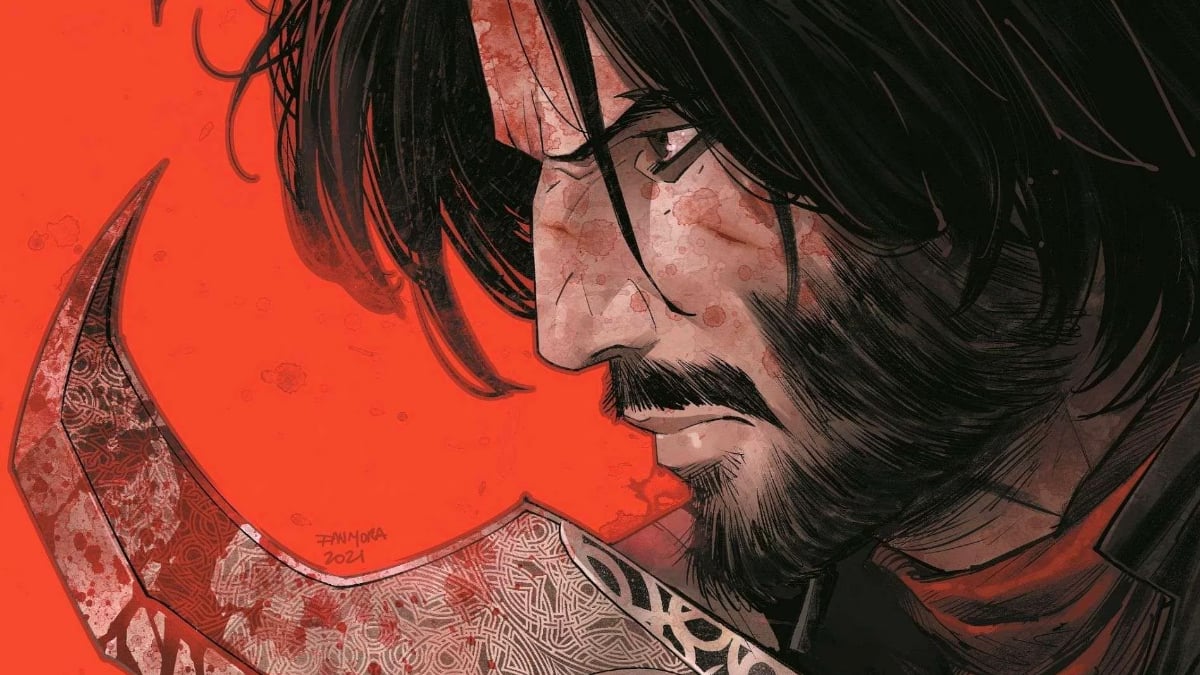
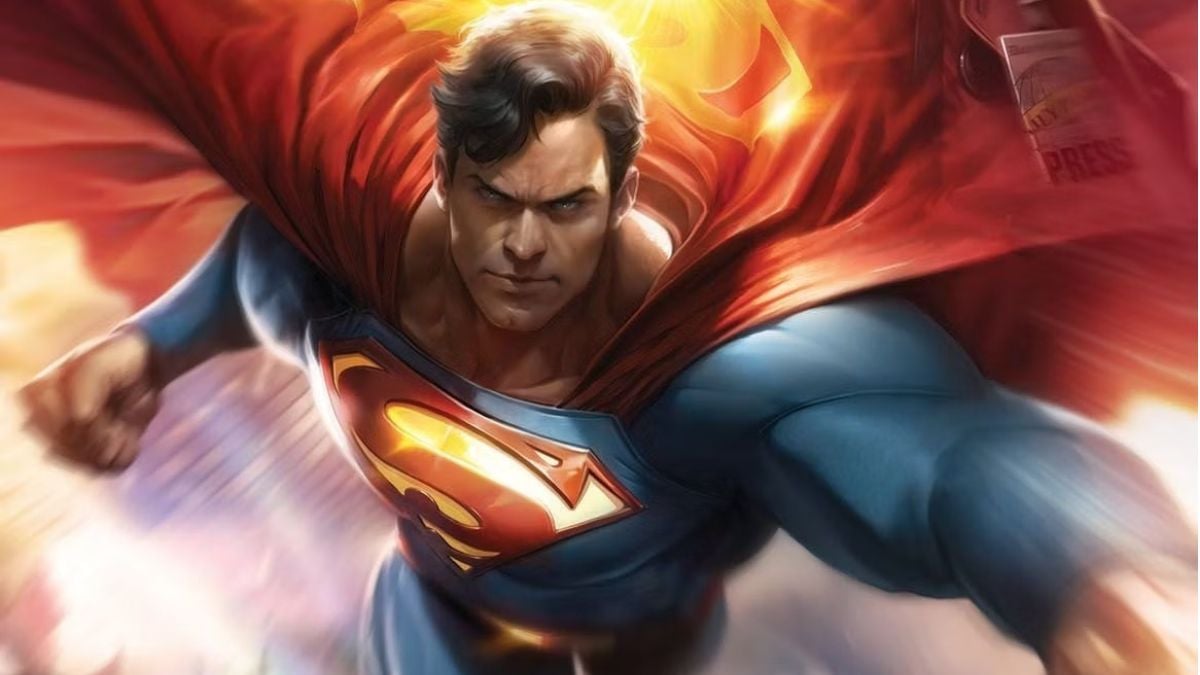
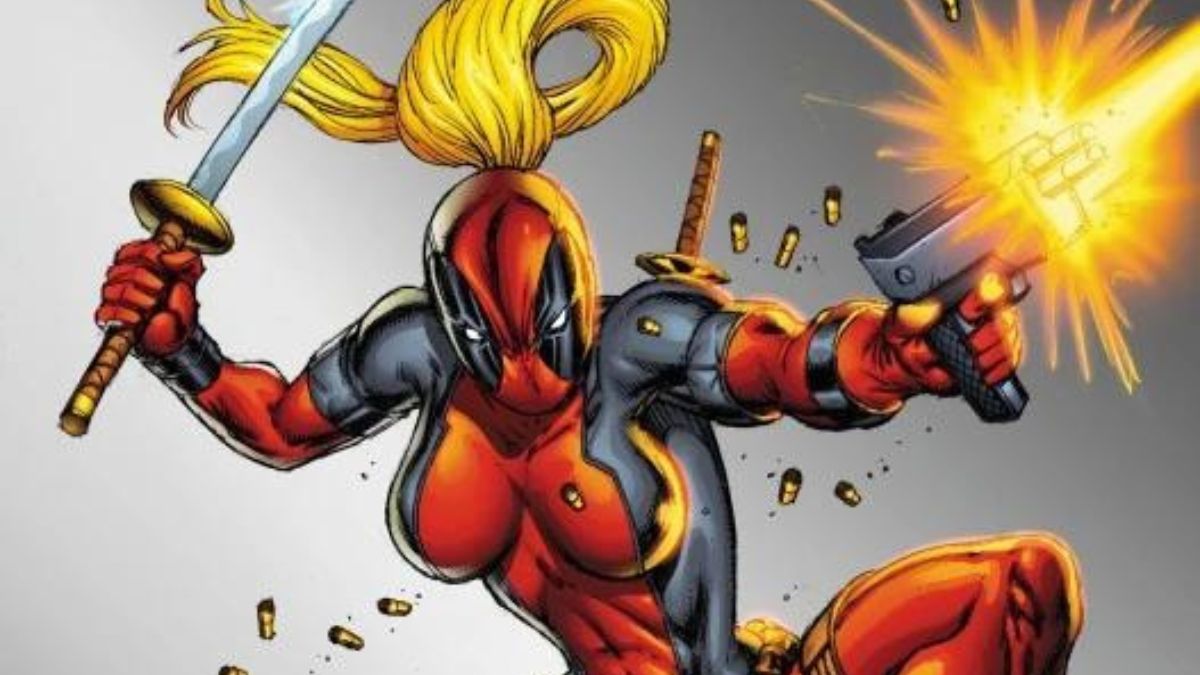
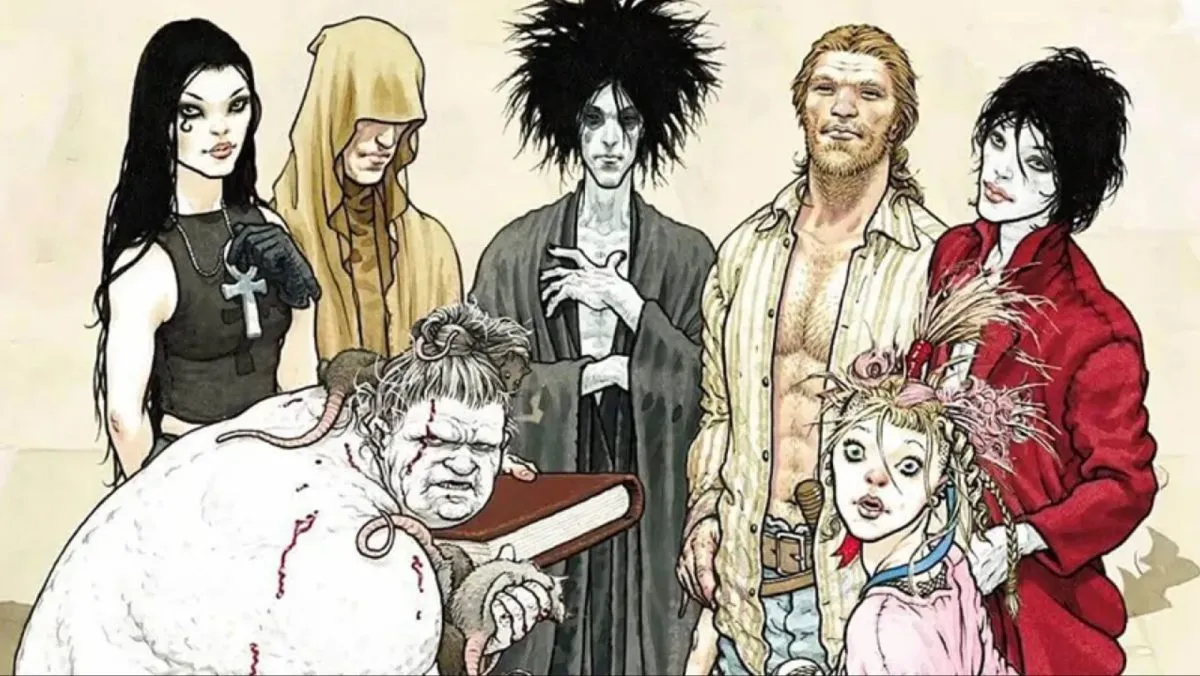

Published: Jan 7, 2022 04:08 pm